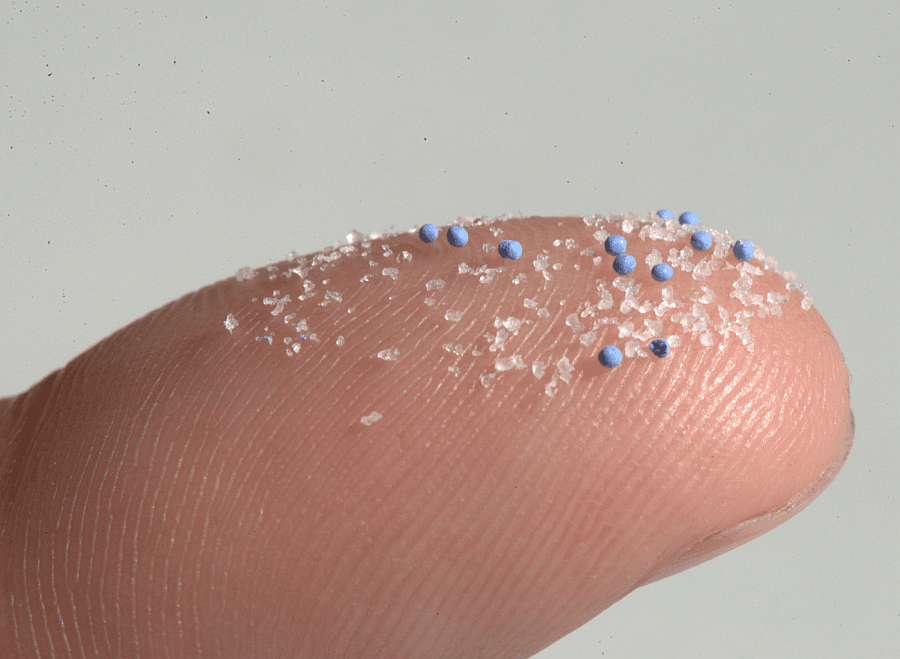It may sound dramatic when we say that the water you drink can be detrimental to your health, but take a look at this list we’ve compiled of the most prominent contaminants that are lurking in your drinking water.
Regardless of whether you’re drinking tap water or well water, federal regulations for these contaminants far exceed what researchers and experts deem to be “safe” levels of contamination.









